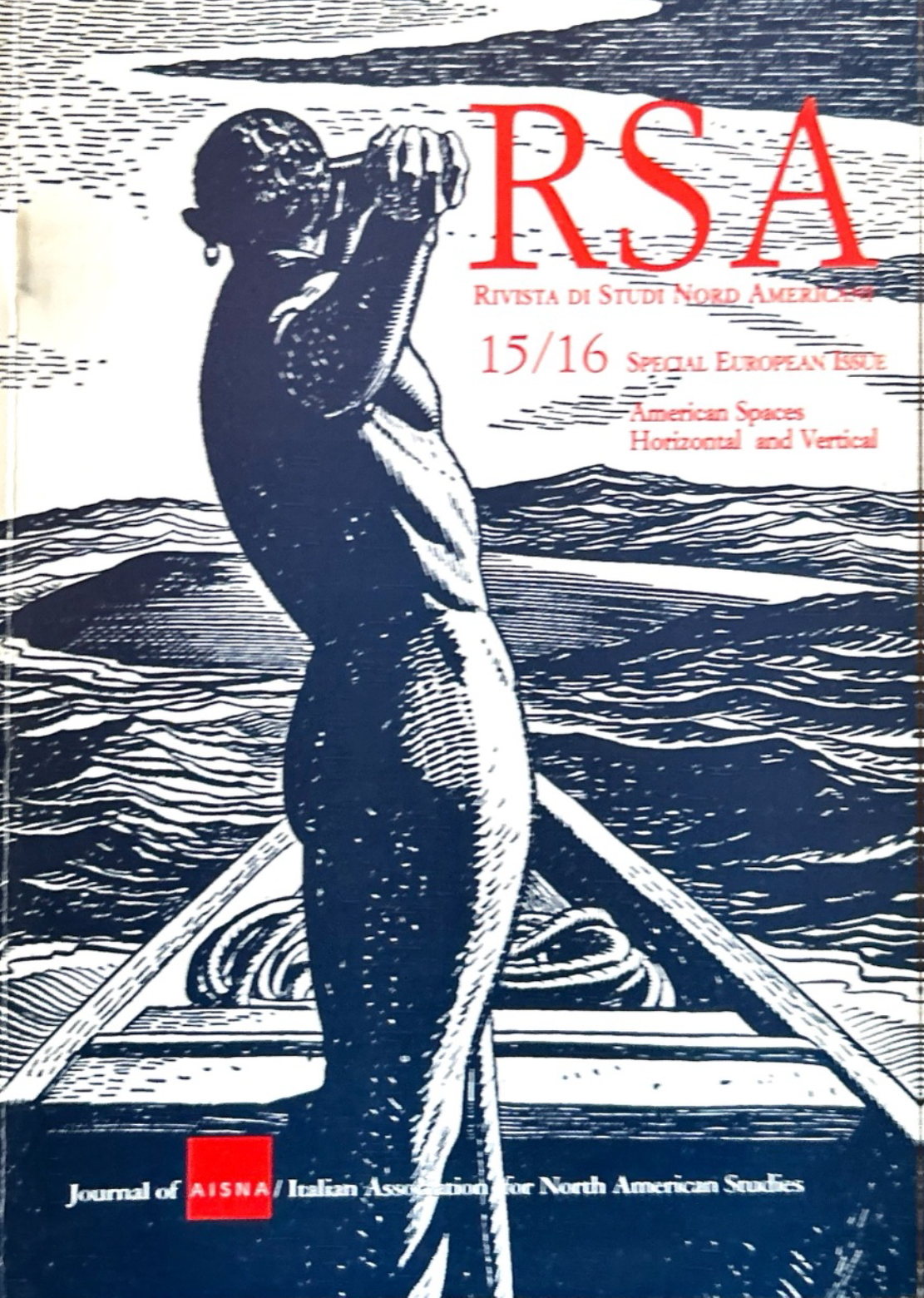The Rise and Fall of Womanhood
Ideal and Reality in Women's Status and Experience in the Colonial Low Country
DOI:
https://doi.org/10.13135/1592-4467/8809Keywords:
womanhood, colonial low country, women's status, reality, idealAbstract
This essay explores the ways in which the ideal and reality of womanhood in the colonial Low Country shaped the contradictory status of women in Georgia and South Carolina, promoting their independence and empowerment and simultaneously undermining their capacity as women to fully exercise it. Historians have traditionally divided their analyses of colonial women between those who achieved a relative degree of social and economic independence (Elizabeth Anthony Dexter, 1931) and those who did not (Mary Beth Norton, 1988). This study suggests that such neat dichotomies fail to disclose the complexity of women's status and experience in colonial Georgia and South Carolina. In both colonies, white women were perceived as vulnerable and dependent on men; but they were also expected to work alongside them to build the socio-economic foundations of the Low Country. Women cleared land, bought and sold slaves, managed farms and established businesses. And contemporaries fully supported them in their endeavours. The ideal and reality of womanhood in the Low Country thus shifted between raising women's socio-economic status (vertically) and, concomitantly, retreating from the full implications of this by insisting on feminine codes of conduct and behavior that limited their scope of influence and power. By embracing women's active role in the family and market economy, however, Low Country society disclosed the limits of patriarchal ideology in maintaining women's powerlessness and dependency.
Downloads
Published
Issue
Section
License
RSAJournal will apply a CC BY 4.0 license to all its contributions starting with issue 37 (2026). Previous issues are licensed under a CC BY-NC-ND licence.





